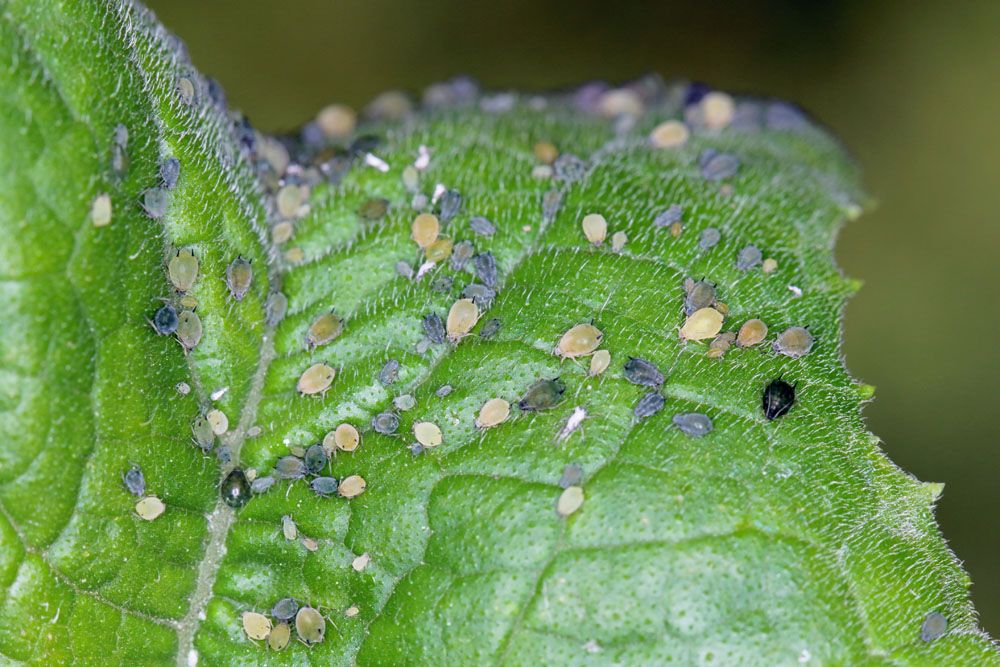
Cotton/Melon Aphid – Aphis gossypii
Cotton Melon Aphid: Appearance, Territory, Damage and Life
Latin name: Aphis Gossypii
Appearances: The body is a wide range of colors, with the most common being light green mottled with dark green, but whitish, yellow, pale green, and dark green varieties also appear. The tibiae and tarsi tips are black, whereas the legs are whitish. This is a little aphid, much smaller than the majority of aphids. The winged adults are around 1.25 millimeters long, with a soft body and a yellow to dark green coloration, as well as a black head and thorax. At repose, the wings are held roof-like over the abdomen. Adults with no wings are typically 1.0 to 1.5 millimeters long, uniformly colored, and yellow to dark green in hue. The antennae and cornicles of a winged juvenile are shorter than those of an adult.
Host plants: Melon aphids can feed on a broad variety of plants. In Florida, at least 60 host plants have been identified, with an estimated 700 worldwide. It can be a major pest on watermelon, cucumber, and cantaloupe, as well as squash and pumpkin to a lesser extent.
Territory: The melon aphid can be found in tropical and temperate locations all over the planet, with the exception of the far north. It is a typical pest in the southeast and southwest of the United States, but it can cause damage anywhere.
Damage insect caused: Melon aphids eat the plant’s nutrients by sucking them from the underside of leaves or the developing tips of vines. The foliage may turn chlorotic and perish too soon. Their feeding also produces a lot of leaf bending and distortion, which reduces the plant’s photosynthetic ability. Furthermore, they generate a lot of honeydew, which serves as a substrate for the formation of sooty mold, lowering the quality of the fruit and reducing the photosynthetic potential of the foliage.
Life cycle and habits: The north and south have vastly different life cycles. Female nymphs hatch from eggs on the primary hosts in the spring in the north. They may spend the entire summer on this host, feeding, maturing, and reproducing parthenogenetically (viviparously), or they may generate winged females that disperse to secondary hosts and create new colonies. The dispersants usually feed on fresh growth and can produce both wingless (apterous) and winged (alate) female progeny. The generation of winged forms predominates in high-density conditions, when the host plant deteriorates, or when fall arrives. Small yellow or white aphids are also produced during stressful periods for the host plant.
